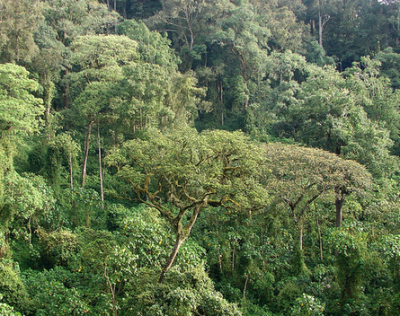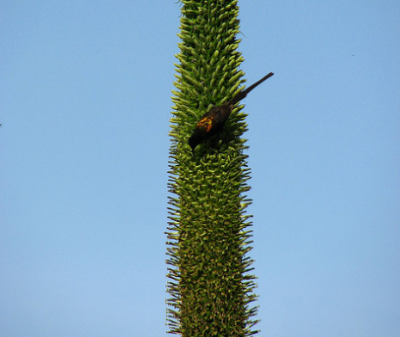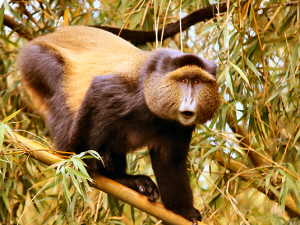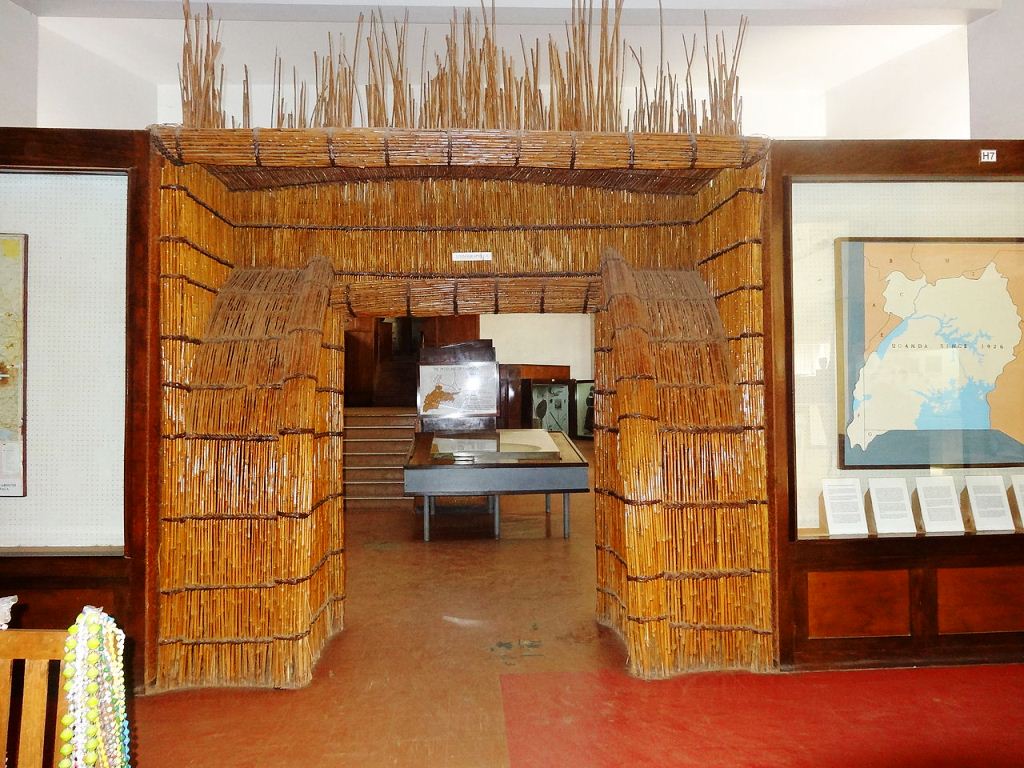Uganda Forests, Nature Walks in Uganda

Uganda’s tropical forests are ideal for bird watching and forest walks.
Mabira forest
This one lies 54kms east of Kampala on the main Jinja to Kampala highway.It offers visitors a tropical experience on their doorsteps.The forest center is based at Najjembe village. Visitors can enjoy forest walks,follow a cycle trail,or relax, and have a picnic lunch at forest center. Accommodation in bandas(round traditional African huts) and refreshments are available.
Budongo Forest Reserve in Uganda.
The Budongo Forest is a very significant forest in East Africa. The large population of Mahogany trees and the studied terrain has made it a very important area.
In 1947, W.J Eggeling was the first to study the ecology of Budongo forest. He described the progression of the forest from a colonizing forest to a mixed forest and then a climax forest which is majorly composed of ironwood or Cynometra alexandrii as the dominating species. According to him, the entire forest if left undisturbed would sooner or later end up dominated by the ironwood.
Later A.J Plumptre took on the ecology study of the mystical Budongo forest. He later discovered that the composition of the trees in the forest varied majorly along an alignment running from SW to the NE, and the trees of the earlier where in the SW while those of the later progression/succession stages where in the NE. this illustrated that the trees in the SW were the younger ones while those in the NE were the older ones.

Plumptre further studied the consequent effects on the forest after 60 years of conducting selective logging. The available records in the Forest department clearly showed that almost all compartments of this forest had been logged selectively between 1930 and 1990 with the 2 natural reserves being the only exception. The logging that was majorly conducted by the British together with the choosy use of arboricide on Cynometra alexandrii trees was intended to do away with the likely hood of the forest moving from Mixed Forest to the Climax Forest.
The explanation to this was that the 4 mahogany species; 3 of the Entandrophragma species and the other Khaya species, that provide the most valuable timber from the Budongo forest where only existing under the Mixed Forest but not the Climax Forest. Plumptre further illustrated that the British achieved something by increasing the populace of the Cynometra alexandrii trees in the mixed forest through using arboricide, but did not succeed in achieving rebirth of the Mahogany trees. Factually a wide variety of trees later substituted the Cynometra alexandrii trees and among these are the Ficus spp. & the Celtis spp. which have no valuable timber.
When we consider the wildlife in the forest, there are some primates like Chimpanzees. The effect of the British cultivating techniques was so beneficial that the resulting species of the Ficus & the Celtis provided enough food for the resident primates. Plumptre and his counterpart Reynolds clearly illustrated that in the poisoned and the logged areas, the population of primates in those areas was big due to the increased availability of fruit.






Nature walks are Usually organised in Vulnerable communities and the proceeds are usually supposed to help the people in those particular community and therefore people with a charity motivated tour can book such safaris to help contribute toward the development of communities in Africa